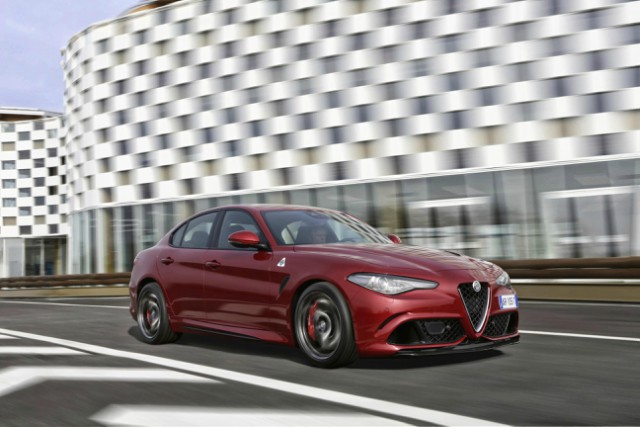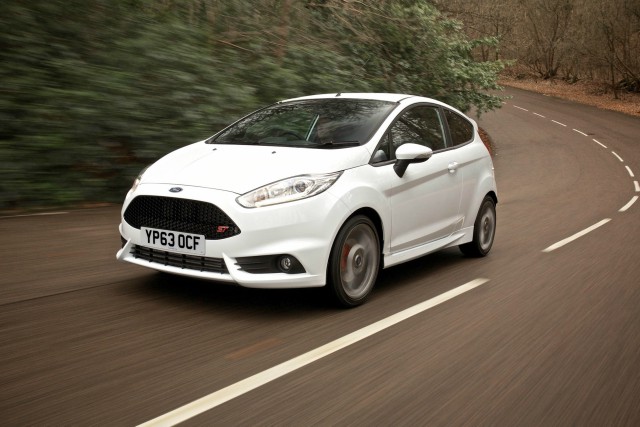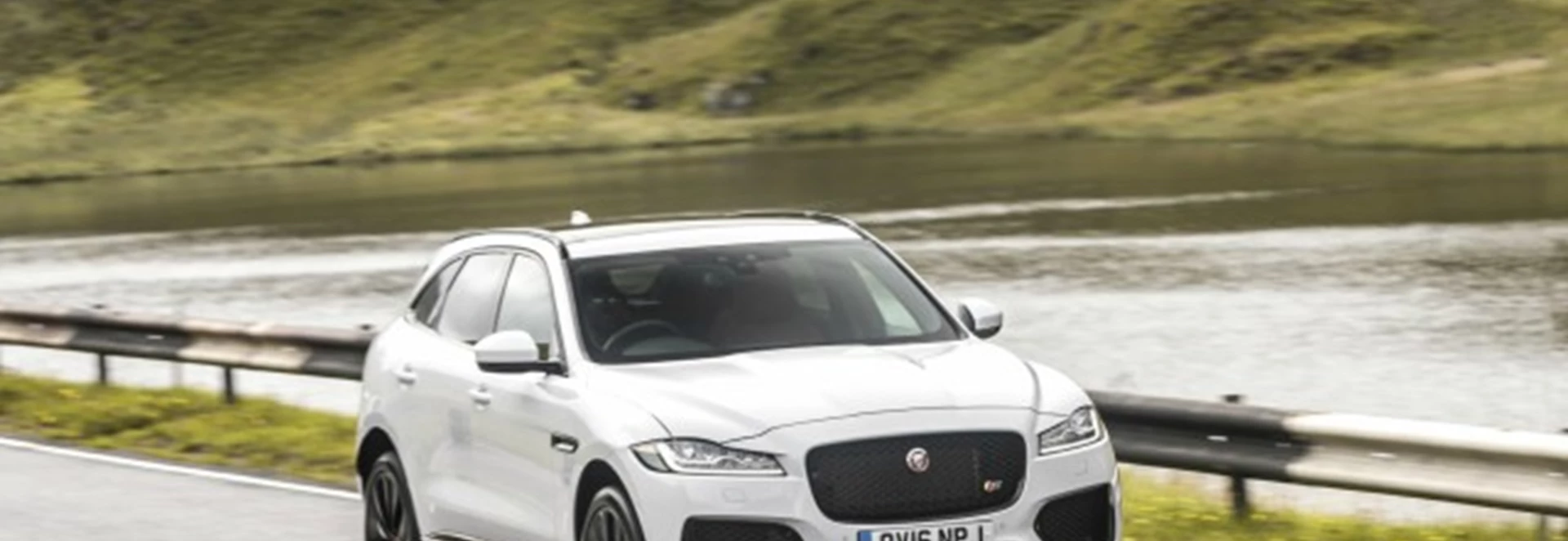A piece of driving technology which has become popular in modern times, particularly among all-wheel drive performance cars, is torque vectoring. But even if you’ve heard the term get used quite a lot lately, you may not be sure what it even is.
Here’s our guide (with minimal jargon) to what torque vectoring is and what benefits it offers to a car and driver.
How torque vectoring works
To put it simply, torque vectoring is a computer-controlled system which controls power across the axle. It determines how much of the engine’s power is sent across the left and right sides of a car.
When a car is going around a corner, torque vectoring can work out the ideal amount of power that should be sent to each side of the car to get it round as quickly as possible. During such moments, torque vectoring works out the optimum amount of power which should go towards the left wheels and the right wheels.

Types of torque vectoring
Torque vectoring is created in different ways for different types of cars on the market. Quite a few cars, particularly saloons and other larger vehicles, apply torque vectoring through the car’s differential.
The differential takes torque from the engine and distributes it to the powered wheels, allowing the car to apply its performance and therefore move.
Many cars use what’s called an open differential, meaning the same torque is always sent to the powered wheels. This can be a problem if one of the powered wheels loses grip or gets stuck, as the other wheel opposite will likely just spin uselessly.
Torque vectoring comes in handy then as it can shuffle torque to the side of the car that needs it more. If one wheel needs power more than the others to keep the car going at the intended speed, it will get it.

Some smaller, front-wheel drive cars (particularly hot hatch) also feature torque vectoring. But rather than cramming in a complex, space-consuming differential under the bonnet, manufacturers will more likely rely on modern braking systems to replicate the effects of torque vectoring while saving on space, development and costs.
This particular method is known as ‘torque vectoring through braking’. The way it works is that while a car turns a corner, the inside wheel (the one closer to the turn itself) is braked and more power is sent to the outside wheel (which has more distance to cover).
The more powerful and performance-focused a car is designed to be, the more likely it is to use a traditional torque vectoring system via the differential.




